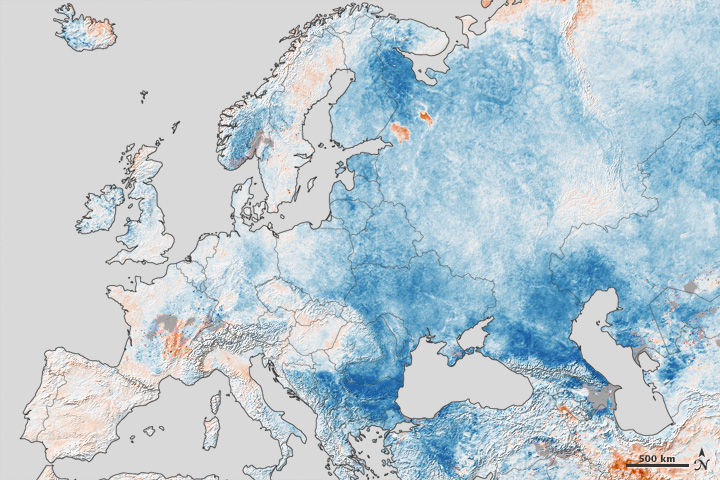Tópico de monitorização e discussão do clima global, ciclos, padrões e teleconexões em 2012
Links úteis:
Clima Global
 NOAA National Climatic Data Center (NCDC)
NOAA National Climatic Data Center (NCDC)
 NASA Goddard Institute for Space Studies (GISS)
NASA Goddard Institute for Space Studies (GISS)
 Remote Sensing Systems (RSS)
Remote Sensing Systems (RSS)
 University of Alabama in Huntsville (UAH)
University of Alabama in Huntsville (UAH)
 TCC World Climate
TCC World Climate
NAO - Oscilação Atlântico Norte
 NOAA Climate Prediction Center - NAO (North Atlantic Oscillation)
NOAA Climate Prediction Center - NAO (North Atlantic Oscillation)
 North Atlantic Oscillation
North Atlantic Oscillation
 The Arctic Oscillation (AO) and the North Atlantic Oscillation (NAO)
The Arctic Oscillation (AO) and the North Atlantic Oscillation (NAO)
 North Atlantic Oscillation
North Atlantic Oscillation
AO - Oscilação Ártico
 Climate Prediction Center - Arctic Oscillation
Climate Prediction Center - Arctic Oscillation
 The Arctic Oscillation (AO) and the North Atlantic Oscillation (NAO)
The Arctic Oscillation (AO) and the North Atlantic Oscillation (NAO)
 Arctic Oscillation (AO) time series
Arctic Oscillation (AO) time series
ENSO - El Nino-Oscilação Sul
 NOOA Climate Prediction Center - El Niño / Southern Oscillation (ENSO)
NOOA Climate Prediction Center - El Niño / Southern Oscillation (ENSO)
 BOM Australia Seasonal Outlooks ENSO Wrap-Up
BOM Australia Seasonal Outlooks ENSO Wrap-Up
AAO Oscilação Antártica
 Antarctic Oscillation - Climate Prediction Center
Antarctic Oscillation - Climate Prediction Center
PNA Padrão Pacífico-América do Norte
 Climate Prediction Center - Pacific/North American Pattern
Climate Prediction Center - Pacific/North American Pattern
MJO Oscilação Madden Julian
 Climate Prediction Center - Madden Julian Oscillation
Climate Prediction Center - Madden Julian Oscillation
 Wikipedia Madden–Julian oscillation
Wikipedia Madden–Julian oscillation
Links úteis:
Clima Global
 NOAA National Climatic Data Center (NCDC)
NOAA National Climatic Data Center (NCDC) NASA Goddard Institute for Space Studies (GISS)
NASA Goddard Institute for Space Studies (GISS) Remote Sensing Systems (RSS)
Remote Sensing Systems (RSS) University of Alabama in Huntsville (UAH)
University of Alabama in Huntsville (UAH) TCC World Climate
TCC World ClimateNAO - Oscilação Atlântico Norte
 NOAA Climate Prediction Center - NAO (North Atlantic Oscillation)
NOAA Climate Prediction Center - NAO (North Atlantic Oscillation) North Atlantic Oscillation
North Atlantic Oscillation The Arctic Oscillation (AO) and the North Atlantic Oscillation (NAO)
The Arctic Oscillation (AO) and the North Atlantic Oscillation (NAO) North Atlantic Oscillation
North Atlantic OscillationAO - Oscilação Ártico
 Climate Prediction Center - Arctic Oscillation
Climate Prediction Center - Arctic Oscillation The Arctic Oscillation (AO) and the North Atlantic Oscillation (NAO)
The Arctic Oscillation (AO) and the North Atlantic Oscillation (NAO) Arctic Oscillation (AO) time series
Arctic Oscillation (AO) time seriesENSO - El Nino-Oscilação Sul
 NOOA Climate Prediction Center - El Niño / Southern Oscillation (ENSO)
NOOA Climate Prediction Center - El Niño / Southern Oscillation (ENSO) BOM Australia Seasonal Outlooks ENSO Wrap-Up
BOM Australia Seasonal Outlooks ENSO Wrap-UpAAO Oscilação Antártica
 Antarctic Oscillation - Climate Prediction Center
Antarctic Oscillation - Climate Prediction CenterPNA Padrão Pacífico-América do Norte
 Climate Prediction Center - Pacific/North American Pattern
Climate Prediction Center - Pacific/North American PatternMJO Oscilação Madden Julian
 Climate Prediction Center - Madden Julian Oscillation
Climate Prediction Center - Madden Julian Oscillation Wikipedia Madden–Julian oscillation
Wikipedia Madden–Julian oscillation
Editado por um moderador:




